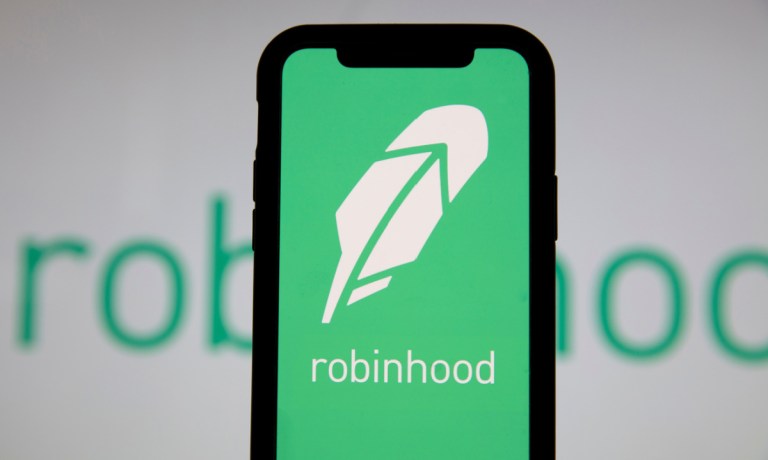Robinhood Opens Retirement Offering to Gig Workers

Investment platform Robinhood is expanding its retirement offering to include gig workers.
“Robinhood Retirement For Independent Workers” kicked off Wednesday (Feb. 28) in partnership with three high-profile gig economy companies: Grubhub, Gopuff and Taskrabbit.
“Robinhood Retirement For Independent Workers brings us closer to our goal of giving everyone the financial tools they need to invest in their futures,” Steve Quirk, the company’s chief brokerage officer, said in a news release.
The program, he added, offers “a path to retirement savings for people who don’t have access to traditional retirement accounts or corporate matching programs.”
According to the release, independent workers will automatically get access to a higher match rate from Robinhood Retirement — which launched last year — “so it’s easy for them to begin investing for retirement.”
Users will also get a boosted match of 1% to 3% for the first year, as well as access to financial counseling through the non-profit group GreenPath Financial Wellness.
The expanded retirement offering comes as Robinhood is looking to capture new markets and offer new products in a push for growth, as the company said earlier this month. The company has recently added bitcoin exchange-traded funds (ETFs) after they were approved by the Securities and Exchange Commission (SEC).
It has also added brokerage services in the United Kingdom and cryptocurrency offering in the European Union.
This latest offering is happening at a time when many consumers think of retirement as something that’s out of reach, as PYMNTS Intelligence research has shown.
A study last year found that while 42% of consumers not living paycheck-to-paycheck were saving for retirement, that share falls to 28% for those living paycheck-to-paycheck without issues paying bills. And for paycheck-to-paycheck consumers who do have trouble paying their bills, that number fell even further to 17%.
“Have the majority of paycheck-to-paycheck earners simply given up on retirement? Have they decided to delay saving for this long-term financial goal during the current economic volatility?” PYMNTS wrote.
“It cannot be determined fully from hard numbers alone. It may be reasonable, however, to assert that a portion of these consumers may simply not know how to start saving for long-term financial goals amid short-term bill pay pressures.”
Of consumers who are managing to save, retirement and education funds account for the largest portion of the savings pie, at 23%, according to more recent PYMNTS research.